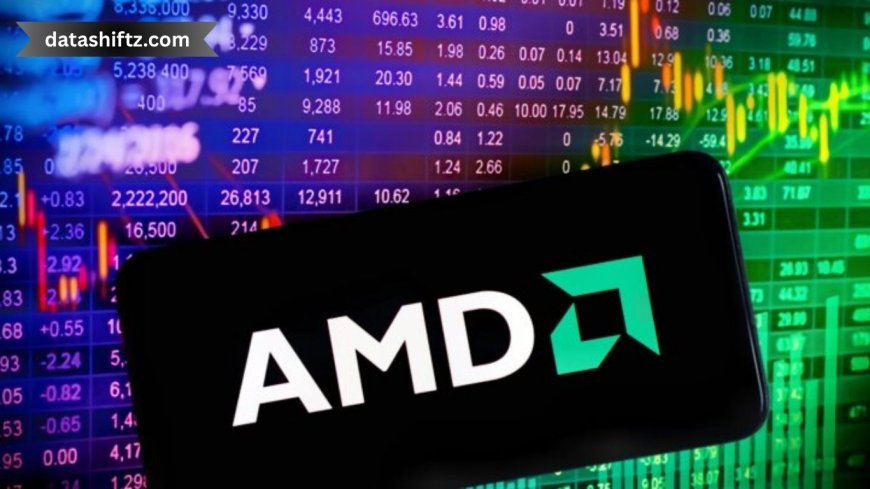AMD Stock Today: Market Movements and Key Developments

Advanced Micro Devices (AMD) has been a focal point in the semiconductor industry, especially with the surge in AI and data center demand. As of August 6, 2025, AMD's stock is trading at $174.31, reflecting a modest decline of 1.37% from the previous close.
AMD Stock Snapshot
| Metric | Value |
|---|---|
| Current Price | $174.31 |
| Day's Change | -1.37% |
| 52-Week High | $174.70 |
| 52-Week Low | $76.48 |
| Market Cap | $281.57B |
| P/E Ratio (TTM) | 121.88 |
| EPS (TTM) | $1.13 |
| Beta | 1.94 |
| YTD Change | +43.77% |
Factors Influencing AMD's Stock
1. Mixed Q2 Earnings Report
AMD's Q2 2025 results showcased a 32% year-over-year revenue increase to $7.7 billion. However, the company reported an adjusted EPS of $0.48, aligning with analyst expectations but reflecting a slight miss on net income. Despite this, AMD projected a strong Q3 revenue outlook of $8.7 billion, driven by robust AI and data center demand.
2. Impact of U.S.-China Tensions
A significant concern for AMD is the U.S. government's licensing restrictions on exporting its MI308 AI chips to China. This led to an $800 million inventory charge, impacting adjusted margins. CEO Lisa Su indicated that resolving these issues may take a few quarters, adding uncertainty to AMD's near-term prospects.
3. AI Demand Driving Growth
Despite geopolitical challenges, AMD's AI product lineup, including the MI355 accelerators, has garnered attention for its competitive pricing and performance. Major tech companies like Microsoft and Meta are significantly increasing their AI infrastructure investments, which bodes well for AMD's future revenue streams.
Analyst Perspectives
While some analysts remain optimistic about AMD's long-term prospects, others express caution. Lynx Equity Strategies issued a note suggesting that AMD's recent stock rally may have outpaced its fundamentals, advising investors to be cautious ahead of the earnings release.
AMD's Strategic Initiatives
1. Zen 5 Microarchitecture
AMD's Zen 5 architecture powers its Ryzen 9000 desktop processors and Epyc 9005 server chips. Manufactured on TSMC's 4nm process, Zen 5 offers significant performance improvements, with desktop CPUs featuring up to 16 cores and server CPUs supporting up to 192 cores.
2. Radeon RX 9000 Series
The Radeon RX 9000 series, based on the RDNA 4 architecture, targets midrange performance and value. AMD aims to compete effectively in the gaming GPU market, focusing on delivering higher ray tracing performance and enhanced AI capabilities.
3. Strategic Acquisitions
AMD has been actively expanding its capabilities through acquisitions. In 2024, the company acquired Finnish AI startup Silo AI for $665 million and signed a $4.9 billion deal to acquire ZT Systems, a provider of custom computing infrastructure for AI tasks. These moves are designed to bolster AMD's position in the competitive AI chip market.
Key Takeaways
-
Strong Revenue Growth: AMD reported a 32% year-over-year revenue increase in Q2 2025.
-
Geopolitical Challenges: U.S.-China tensions have impacted AMD's operations, particularly in AI chip exports.
-
AI Market Demand: Growing investments in AI infrastructure present significant opportunities for AMD.
-
Strategic Investments: Acquisitions and new product launches position AMD for future growth.
Final Thoughts
AMD continues to navigate a complex landscape marked by strong demand in AI and data centers, tempered by geopolitical challenges. Investors should monitor AMD's ability to capitalize on AI opportunities while managing external risks. The company's strategic initiatives and product innovations will be crucial in determining its trajectory in the coming quarters.






























